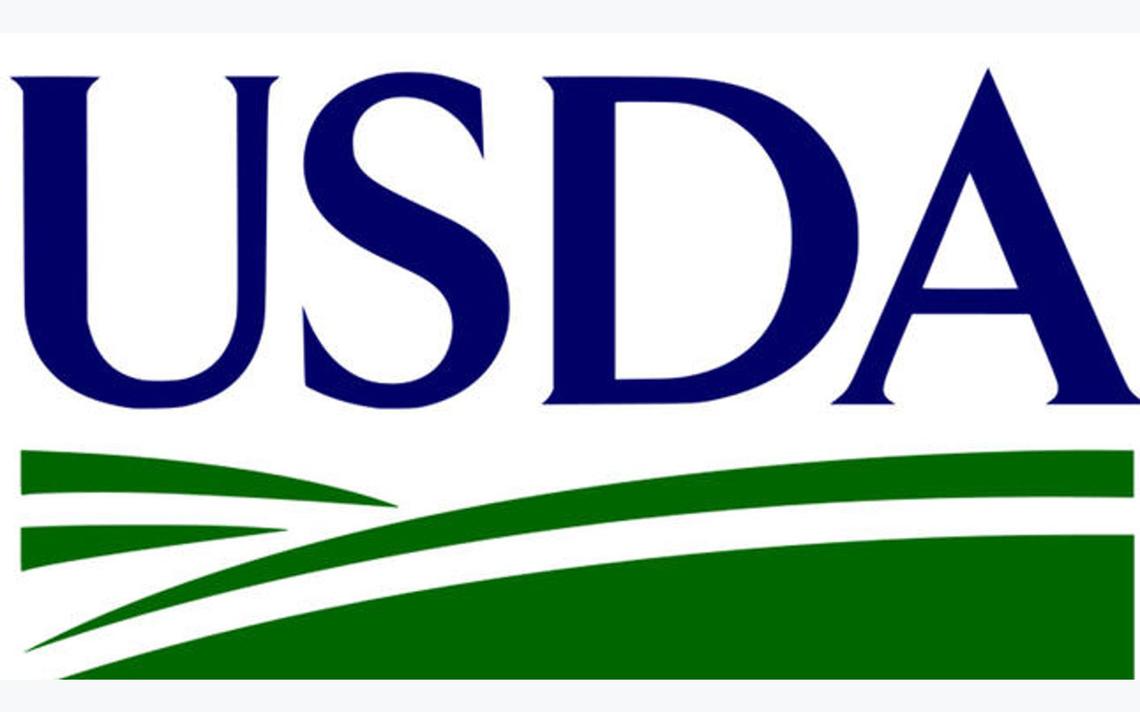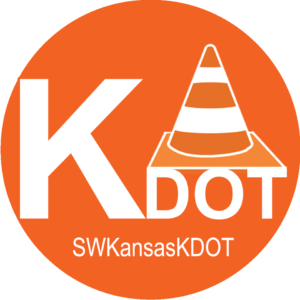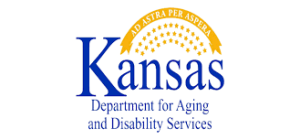USDA Invests $43.4 Million to Build and Improve Critical Rural Infrastructure in 13 Kansas Communities

TOPEKA, Dec. 16, 2021 – U.S. Department of Agriculture (USDA) Rural Development Acting State Director for Kansas Dan Fischer today announced that USDA is investing
$43,431,700 to modernize the critical drinking water infrastructure in towns and counties across Kansas. “Upgrading the infrastructure that delivers safe drinking water will improve public health
and drive economic development in our small towns and cities,” Fischer said. “USDA is dedicated to rural communities and their long-term commitments to economic prosperity;
because when rural America prospers, all of America prospers.”
Background:
These Kansas investments are part of a larger national announcement involving 46 states and Puerto Rico. The programs from which Kansas will benefit are Water and Waste
Disposal Loan and Grant Program, Water and Waste Disposal Loan Guarantees, Water and Waste Disposal Technical Assistance and Training Grants, and Electric Infrastructure Loan and Loan Guarantee Program.
The details of the Kansas projects are:
($2,050,000 loan and $290,000 grant) This Rural Development investment will
rehabilitate the sewer system in Chetopa. A partial repair was completed in 2010.
The unrepaired areas have rainwater entering through cracks and breaks in the
collection mains causing sewage back up in residential properties. The repairs will
complete the rehabilitation of the system and include approximately 888 vertical
feet of manhole repair, 275 service tap repairs, 50 point repairs, and 34,000 feet of
fold and form liner or cast-in-place pipe.
($771,000 loan) This Rural Development investment will provide water
improvements for the City of Nortonville. This project represents the second
phase of the rehabilitation of the existing water system where two-thirds of the
distribution system was previously replaced. The proposed project will replace an
abandoned well and replace the remaining 1.5 mile portion of cast iron waterline
with 9,300 feet of 4-inch PVC pipe, construct two new wells with chemical feed
buildings, and includes 185 new meters, 90-meter settings, 14 valves, and 9 fire
hydrants.
($272,000 loan and $$1,229,000 grant) This Rural Development investment will
be used for the construction of new water well, standpipe, and distribution system
for the City of Vermillion. The current cast iron pipe infrastructure was installed
in 1936 and most of the valves are underneath several inches of asphalt and
cannot be located. The city's current water tower needs repainting. Several fire
hydrants leak badly when they are in use. The residential water has poor taste and
odor. This project will be the first phase of the rehabilitation of the existing water
system, which is to include construction of new supply wells, a new standpipe for
water storage, installing approximately 2,500 linear feet of force main, 1,600
linear feet of pipe to connect the new storage tank to the existing distribution system, and
dismantle the existing elevated storage tank.
($1,011,000 loan and $261,000grant) This Rural Development investment will
provide improvements to the City of Mullinville's water distribution system. The
existing water tower is over 70 years old. The project will consist of the installation
of 13,900 linear feet of six-inch water line, 900 linear feet of eight-inch line, 64
valves, 98 water service connections, and 17 fire hydrants. This will improve the
water pressure and increase the reliability of the water system.
($1,262,00 loan and $34,000 grant) This Rural Development investment will be
used to start repairing the City of Highland's water distribution system. This
phase of the project will construct a new Ion Exchange Treatment Plant.
($998,000 loan and $492,000 grant) This Rural Development investment will
construct and improve the City of Neodesha’s water distribution system. The
project will provide the city with a 200,000-gallon elevated water storage tank,
upgrade an existing elevated storage tank, and install approximately 12,000 linear
feet of 12-inch water line and approximately 2.700 linear feet of eight-inch water
line. Repairs to the Fall River dam will also be made and other infrastructure
improvements.
($9,444,000 loan and $3,096,000 grant) This Rural Development investment
will be used to construct and improve Neosho’s Rural Water District No. 4’s
water distribution system. The district's original system was installed in 1965. The
district experiences leaks, high-pressure loss, and loss of water. The proposed
project includes a new booster pump station, construction of a 400,000-gallon
elevated storage tank, and installation of new water supply lines.
($250,000 loan) This Rural Development investment will replace and improve
Dickinson County Rural Water District No. 1's water systems. The project,
currently under construction, is to replace roughly 400,000 feet of water line, 74
gate valves, 18 flush hydrants and repairs to three storage tanks. Rural
Development previously awarded a $2,319,000 loan and a $1,305,000.00 grant to
complete the project. Due to changes during construction, these additional funds
are needed to complete the project.
($74,000 loan and $$360,000 grant) This Rural Development investment will
construct water services to new customers of Linn County Rural Water District
No. 2. Currently, the water district doesn't have the existing capacity to provide
water to upwards of 100 potential new customers. The project will install nearly
five miles of water line, 40 service meters, 24 galvanized valves, and a new 50,000
gallon elevated storage tank.
($1,771,000 loan and $649,000 grant) This Rural Development investment will
repair the City of Mankato's existing water distribution system. The current
system is believed to be 100 years old or more. The proposed project is the first of
a multi-phased plan to improve the City's water system. This phase will replace
about 30 percent of the City's water lines, associated valves, and hydrants.
($10,222,000loan and $7,283,000 grant) This Rural Development investment
will construct and expand the City of Linn Valley’s water system. The city
entered into an agreement in April 2019 to purchase potable water from the city of
LaCygne, contingent upon the completion of this project. This project consists of
20,700 feet force main to be installed between the two cities, 147,730 feet of pipe
for the distribution system, 244 hydrants, and the construction of a 250,000-gallon
elevated water storage tank.
($668,000 loan and $398,000 grant) This Rural Development investment will
replace a section of waterlines for the City of Caney. This project received
previous funding from Rural Development in the amounts of a $2,741,000.00 loan
and two grants for $265,000.00 and $600,000 on Aug. 29, 2018, and another
$693,000.00 loan on May 19, 2020. This additional funding is needed to cover
costs associated with the replacement of the additional water lines found during the
excavation and repairing of existing waterlines.
($46,700 grant) This Rural Development investment will provide technical
assistance and training through Kansas State University to rural state parks in
with an emphasis on food waste reduction and proper management of per- and
polyfluoroalkyl substances (PFAS) containing waste. These funds will serve
communities of 5,500 and less in ten Kansas counties.
Four Kansas counties: Morton, Seward, Barber, and Harper will benefit from
an Oklahoma-centric investment to the Western Farmers Electric Cooperative.
These four counties receive some of their generated electricity from the this
Electric Cooperative.
The USDA, Rural Development provides loans and grants to help expand economic
opportunities, create jobs and improve the quality of life for millions of Americans in
rural areas. This assistance supports infrastructure improvements; business development;
housing; community facilities such as schools, public safety, and health care; and high-
speed internet access in rural, Tribal, and high-poverty areas. For more information, visit
www.rd.usda.gov. If you’d like to subscribe to USDA Rural Development updates, visit
our GovDelivery subscriber page.
http://www.rd.usda.gov/ks







